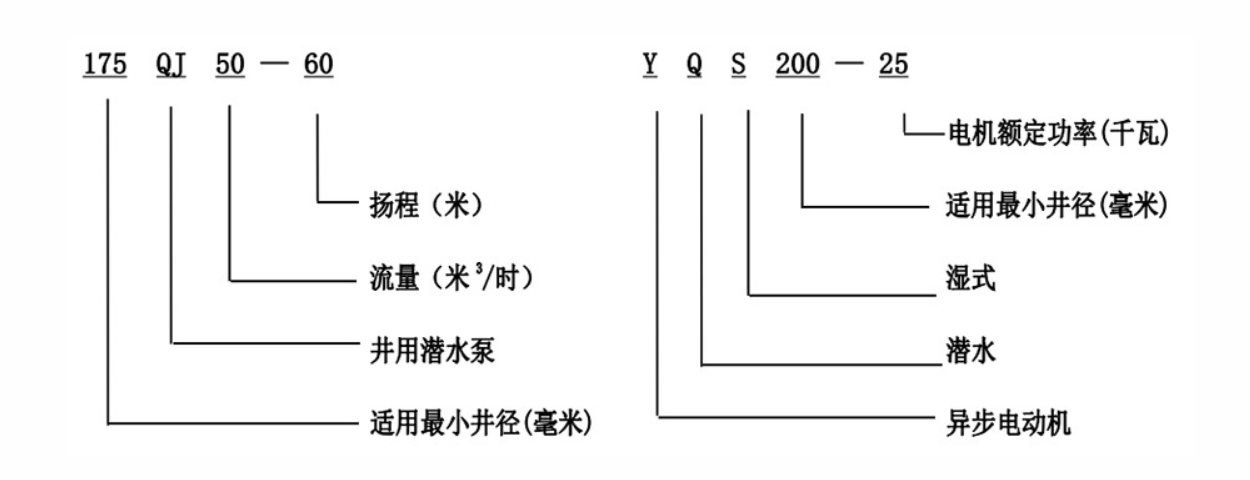Nov . 30, 2024 18:29 Back to list
1/3 HP Submersible Well Pump for Efficient Water Supply Solutions
Understanding the 1/3 HP Submersible Well Pump A Guide to Efficient Water Supply
Water is an essential resource for both agricultural and residential needs. For many homeowners in rural areas, access to water often relies on well systems. To efficiently draw water from these wells, a reliable, powerful pump is required, and that's where the 1/3 HP submersible well pump comes into play.
What is a Submersible Well Pump?
A submersible well pump is a type of pump that is submerged underwater in a well to pump water to the surface. Unlike jet pumps, which are mounted above ground, submersible pumps are designed to operate underwater, making them more efficient in certain applications. They are typically used for deep wells where the water level is too low for jet pumps to operate effectively.
The Importance of Horsepower in Pumps
Horsepower (HP) is a measure of the power output of the pump. The 1/3 HP rating indicates that the pump can efficiently move a substantial amount of water, making it suitable for various applications. In the case of a 1/3 HP submersible well pump, it is generally capable of lifting water from depths of up to 150 feet, depending on the specific model and conditions. This makes it an excellent choice for residential properties where water needs are moderate, such as irrigation, household use, or livestock watering.
Key Features of the 1/3 HP Submersible Well Pump
1. Durable Construction Most submersible pumps are made from corrosion-resistant materials such as stainless steel or thermoplastic. This ensures longevity and the ability to withstand harsh underground conditions.
2. Energy Efficiency Because of their design, submersible pumps are typically more energy-efficient than surface pumps. A 1/3 HP pump can provide an effective water source while keeping energy costs manageable, particularly important for homeowners looking to minimize utility bills.
3. Quiet Operation Positioned below ground, submersible pumps tend to operate more quietly than their surface counterparts, making them a perfect choice for residential settings where noise can be a concern.
4. Automatic Controls Many modern submersible wells are equipped with automatic controls, which turn the pump on and off based on water demand. This feature not only saves energy but also prolongs the life of the pump by reducing unnecessary wear.
Installation Considerations
1/3 hp submersible well pump

When installing a 1/3 HP submersible well pump, a few considerations should be taken into account
- Well Depth and Diameter The depth of the well and its diameter must be compatible with the chosen pump. A professional can measure these to ensure that the pump will work effectively.
- Power Supply Ensure that there is adequate electrical supply to support the pump's operation. A qualified electrician can assist with any necessary electrical work.
- Well Cap and Safety A secure well cap is crucial to prevent contaminants from entering the well. In addition, consider installing a safety rope or cable to facilitate easy retrieval of the pump, should it need servicing.
Maintenance Tips
To ensure the longevity of your submersible well pump, regular maintenance is recommended
- Routine Inspection Check for any unusual noises or vibrations during operation. Any signs of wear should be addressed promptly.
- Clear Debris Ensure that the well remains clear of debris and sediment that could affect the pump’s efficiency and operational longevity.
- Monitor Water Quality Regular testing of water quality can help in detecting any potential issues early on, ensuring that the water supplied is safe for consumption.
Conclusion
The 1/3 HP submersible well pump is a reliable and efficient choice for many homeowners dealing with groundwater extraction. With appropriate installation and regular maintenance, these pumps can provide a trustworthy water source for years to come. If you're considering a submersible well pump for your home, consult with a professional to ensure that you choose the right model tailored to your water needs, thereby ensuring you have a consistent and efficient water supply.
-
Submersible Water Pump: The Efficient 'Power Pioneer' of the Underwater World
NewsJul.01,2025
-
Submersible Pond Pump: The Hidden Guardian of Water Landscape Ecology
NewsJul.01,2025
-
Stainless Well Pump: A Reliable and Durable Pumping Main Force
NewsJul.01,2025
-
Stainless Steel Submersible Pump: An Efficient and Versatile Tool for Underwater Operations
NewsJul.01,2025
-
Deep Well Submersible Pump: An Efficient 'Sucker' of Groundwater Sources
NewsJul.01,2025
-
Deep Water Well Pump: An Efficient 'Sucker' of Groundwater Sources
NewsJul.01,2025
-
 Submersible Water Pump: The Efficient 'Power Pioneer' of the Underwater WorldIn the field of hydraulic equipment, the Submersible Water Pump has become the core equipment for underwater operations and water resource transportation due to its unique design and excellent performance.Detail
Submersible Water Pump: The Efficient 'Power Pioneer' of the Underwater WorldIn the field of hydraulic equipment, the Submersible Water Pump has become the core equipment for underwater operations and water resource transportation due to its unique design and excellent performance.Detail -
 Submersible Pond Pump: The Hidden Guardian of Water Landscape EcologyIn courtyard landscapes, ecological ponds, and even small-scale water conservancy projects, there is a silent yet indispensable equipment - the Submersible Pond Pump.Detail
Submersible Pond Pump: The Hidden Guardian of Water Landscape EcologyIn courtyard landscapes, ecological ponds, and even small-scale water conservancy projects, there is a silent yet indispensable equipment - the Submersible Pond Pump.Detail -
 Stainless Well Pump: A Reliable and Durable Pumping Main ForceIn the field of water resource transportation, Stainless Well Pump has become the core equipment for various pumping scenarios with its excellent performance and reliable quality.Detail
Stainless Well Pump: A Reliable and Durable Pumping Main ForceIn the field of water resource transportation, Stainless Well Pump has become the core equipment for various pumping scenarios with its excellent performance and reliable quality.Detail
